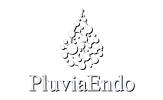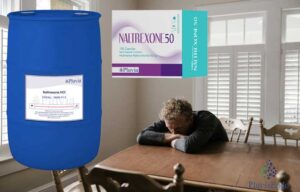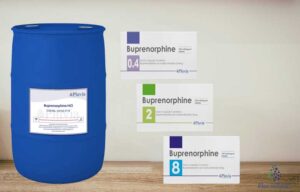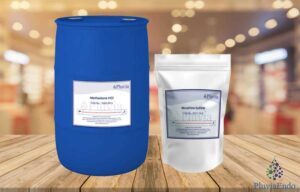Alcoholism is a complex and pervasive issue that affects individuals across all walks of life. From social drinkers to those struggling with addiction, the signs of alcoholism can be subtle yet profoundly impactful. In this comprehensive guide, we delve into the intricacies of alcoholism. In addition, we will explore the red flags that signal the presence of this often-hidden condition. By understanding these signs, individuals and their loved ones can take proactive steps toward intervention, support, and recovery.
Understanding Alcoholism
Alcoholism is clinically referred to as Alcohol Use Disorder (AUD). It is a chronic disease characterized by compulsive alcohol use and loss of control over drinking. In addition, it affects negative emotional and physical consequences when not drinking. A complex interplay of genetic, psychological, and environmental factors contributes to its development. While alcoholism can affect anyone, certain risk factors, such as family history, trauma, and mental health disorders, can increase susceptibility.
Signs of Alcoholism: Identifying the Red Flags
1. Increased Tolerance
One of the earliest signs of alcoholism is an increased tolerance to alcohol. Individuals may find that they need to consume larger quantities of alcohol to achieve the desired level of intoxication. This tolerance develops as the brain adapts to regular alcohol consumption, requiring more alcohol to produce the same effects.
2. Preoccupation with Drinking
A hallmark sign of alcoholism is an obsessive preoccupation with drinking. Individuals may spend a significant amount of time thinking about alcohol, planning when and where they will drink next, and may experience anxiety or agitation when alcohol is not available.
3. Withdrawal Symptoms
When individuals with alcoholism attempt to cut back or stop drinking, they may experience withdrawal symptoms. These Signs of Alcoholism can range from mild to severe and may include tremors, sweating, nausea, anxiety, insomnia, hallucinations, and seizures. Withdrawal symptoms can be physically and emotionally distressing, driving individuals to continue drinking to alleviate discomfort.
4. Loss of Control
One of the defining features of alcoholism is the inability to control one’s drinking behavior. Despite repeated attempts to cut back or quit, individuals with alcoholism find themselves unable to resist the urge to drink, even when it jeopardizes their health, relationships, or livelihood.
5. Neglecting Responsibilities
Alcoholism often leads to a neglect of responsibilities in various areas of life. This may include neglecting work or school obligations, neglecting household chores or finances, or withdrawing from social activities and relationships in favor of drinking.
6. Continued Drinking Despite Consequences
Despite experiencing negative consequences as a result of their drinking, individuals with alcoholism continue to prioritize alcohol consumption. This may include health issues, legal problems, financial difficulties, or strained relationships with loved ones.
7. Hiding or Sneaking Alcohol
Individuals with alcoholism may go to great lengths to conceal their drinking habits from others. They may hide alcohol in secret locations, lie about their drinking, or drink alone to avoid scrutiny from friends, family, or coworkers.
Addressing Alcoholism
Recognizing the signs of alcoholism is the crucial first step toward seeking help and support. So, If you or someone you know is exhibiting signs of alcoholism, it’s essential to reach out to a healthcare professional or addiction specialist for assistance. Treatment options for alcoholism may include therapy, medication, support groups, and lifestyle changes. Remember that recovery is possible, and support is available for those struggling with alcohol addiction.
Naltrexone, a treatment for Signs of Alcoholism
Naltrexone is a medication that offers hope and support to individuals struggling with alcohol addiction. As an opioid antagonist, naltrexone works by blocking the brain’s opioid receptors, thereby reducing the pleasurable effects of alcohol consumption. By diminishing the rewarding sensations associated with drinking, naltrexone helps individuals regain control over their alcohol intake and reduces the likelihood of relapse.
Additionally, PluviaEndo‘s naltrexone can help alleviate cravings for alcohol, making it easier for individuals to abstain from drinking and focus on their recovery journey. When used as part of a comprehensive treatment plan that includes therapy, support groups, and lifestyle changes, naltrexone can significantly improve outcomes for those seeking to overcome alcohol addiction and lead healthier, more fulfilling lives.
Signs of Alcoholism: Conclusion
Understanding the red flags of alcoholism empowers individuals to take proactive steps toward addressing this challenging condition. Thus, By recognizing the signs outlined in this guide and seeking appropriate help, individuals can embark on a journey of recovery and reclaim their health and well-being. If you or someone you know is struggling with alcoholism, don’t hesitate to reach out for assistance. With the right support and resources, overcoming alcohol addiction is possible, and a brighter future awaits.









